There is a speech I have done hundreds of time. Teaching photography taught me to structure the way I talk about composition and trying to make it short and simple. So let’s absolutely not do that in this blog post.
All right, open any photo book, and go to the composition page. What do you see? Yes, the rule of thirds. Yes, leading lines. Hum, what else? Fill the frame? Ok. Something else? Usually, not. And this has been going on for years, decades even. Of course, these rules apply and work very well. I even have blog posts about them (so far, the rule of thirds, the rest later, uh?). So what else? Well, everything I must say! These so-called “rules” are something you do not even think about when taking photos. It is more intuitive like you felt it looked better that way. “Oh, I’ll put that old lady on the left side, it looks better”. You don’t think “ok, the rule of the thirds says I have to put old ladies on the left side, so let’s do it”.
The rest, the most important, what I will talk about very soon, is what you really have to think about and go through for every single shot. This is what will make a photo great, original, interesting. Because you have to think a photo. The more you think a photo, the better it will be, this is the reason why “going slowly” is also part of the composition “tips”. A quick stolen snapshot does not often give great results… “but I was too scared to get close and look around!”
I have structured these elements into 2 parts. In my opinion, depending on your photography level, you either have to start with part 1 or part 2. This is a step by step program (I feel I am selling you some weight loss miracle solution here!). I think beginners should start with part 2. I like when things make sense…
Part 1: Your subject IS everything:
And of course, it is! A great subject will make a photo interesting. Uncle Bob is a nice fella but damn every photo of him looks… sick? A beautiful model makes the photo more attractive. People recommend wedding photographers to only use their best-looking brides to display on their portfolios. A good looking girl fits well in a good looking photo. An old man with a face that says “you can’t imagine the things I have seen in my life” is more interesting than… well, Uncle Bob!
A good subject will be able to tell a story, to make the viewer perceive a feeling. Good subjects attract the photographer, so the viewer. Recently in my photo tour in North Vietnam, we ended up in a local school somewhere in the mountains. About 100 ethnic kids running around, playing together (and soon with us!), and 6 of us. 2 of us quickly started getting our attention on one girl, who had this most amazing look in her eyes and was so cute. She was a little shy but after few shots became better than a professional model (kids often do that!). That girl attracted us because we knew he would strike something in the photo, give people the feeling we got when we saw her.
Try landscape photography without a good subject. Yes, your bathroom is nice, but I am not sure you will have a lot of “likes” or +1″ on that shot.
The subject is, in most cases, what will bring you towards a location, because it is there. It is, once again in most cases, what will make you decide to take a photo or not. But there is a problem here, I realized after teaching photography for some time, which causes people to get average shots. And the problem is that damn subject!
Part 2: Your subject DOES NOT matter:
This subject, so important, so interesting, so much the centre of everything that most people even forget to look around before taking the shot! And this is the reason why I think this part 2 is more suited to the beginner photographer, just staring at the subject, running towards it (or in most cases zooming on it, you lazy people), and snapping a photo.
Take the most beautiful old Vietnamese lady (you know, the 5 cm deep wrinkles, the shiny black teeth, the silk pyjama), and take a photo of her at 1 pm in summer with the sun in front of you and a pink motorbike in the foreground. I can bet your photo is not going to look good, even though she is the most beautiful of them! Your subject does not matter. Everything else does. Actually, it may even work the other way around. You will probably be able to get something good if you place Uncle Bob in the Grand Canyon for sunrise. He would still look… weird, but the colours in the sky would be amazing, the soft light on his fat face would make him look more handsome less ugly, and the red of the stone would match his face colour.
Everything else matters, and matters so much that it helps to not even look at the subject, in order to see these things. Starting with the most important thing in photography:
a) the Light (with a big L)
A good soft angled light always works. A harsh light from a burning Cambodian sun in July will never give a good portrait. So guys, you want good photos: set your alarm at 4.30am tomorrow! It is ideal that the photographer keeps the light behind them (not putting their own shadow on the subject though). On the side also works, but in front is a situation to avoid. There are things to do when facing the light (Yes, I also have a post-draft called “shooting in the sun”, maybe one day!), but it gets more tricky. If the light is behind you, your subject will have the same amount of light as your background, and the sky (when not cloudy of course). Basically, when the light is not in front of you, you have a blue sky! That easy! A light on the side makes portraits a little more contrasty, can be cool. If there is a great light, there will be a great photo. Why do you think I run my photo workshops in Hoi An only at sunrise and sunset? Check out the photo I used as featured image for this blog post: I walked in a monastery in Burma, spotted some novices playing over there, and spotted that magic light on the floor. I went there, went down, took a photo. The light was stunning, I was convinced the photo would be. Good thing a novice was sitting there!
If you can’t get the light behind you, or most cases, if there is no direct light (hmmm we love cloudy days!) just avoid having a background which is brighter than your subject. It will make your subject too dark and the background overexposed. A darker background though will make the subject brighter, so eye catchy!
b) the background/foreground
Now it gets interesting. Stop looking at your subject. You have spotted your subject from far away, and now walking towards it (because we are not lazy in this blog sir, we do not zoom!). Stop looking at it, don’t worry, it is not running away, it is still there, doing their stuff. Now, pick up an interesting background. Even more important, pick up an interesting foreground. And why that? Because these 2 elements are what will decide where you will take your photo from, which angle you are going to use. You will shoot your subject from the top because there is something interesting on the road behind. You will shoot it from down to up because on the foreground is a nice colourful element. And this IS what will make your photo original. The basic tourist in the same location will raise their camera, with effort, and snap a photo at the subject. Finding a foreground or background (or both) will surely make you think about other original angles. It works, believe me!
c) Get Close!
This is so important that I wrote an entire post about it. If your photo lacks interest and is boring, it is because you are too far. As Robert Capa said: “If your photographs aren’t good enough, you’re not close enough.“
Conclusion:
Of course, your subject matters and is one of the most important elements of your photo. But only looking and focusing on your subject will make you miss the rest, which is often more important. Wake up at 4.30am, or wait for a nice late afternoon light, spot your subject, walk slowly towards it, keep the light behind you, find an interesting background, foreground. And when you arrive close to your subject: “Snap!”. You are ready, and you get the shot before he or she starts with the V finger sign. You will be faster to act and react if you spotted all these elements while going to your subject, and your angle will probably be original.

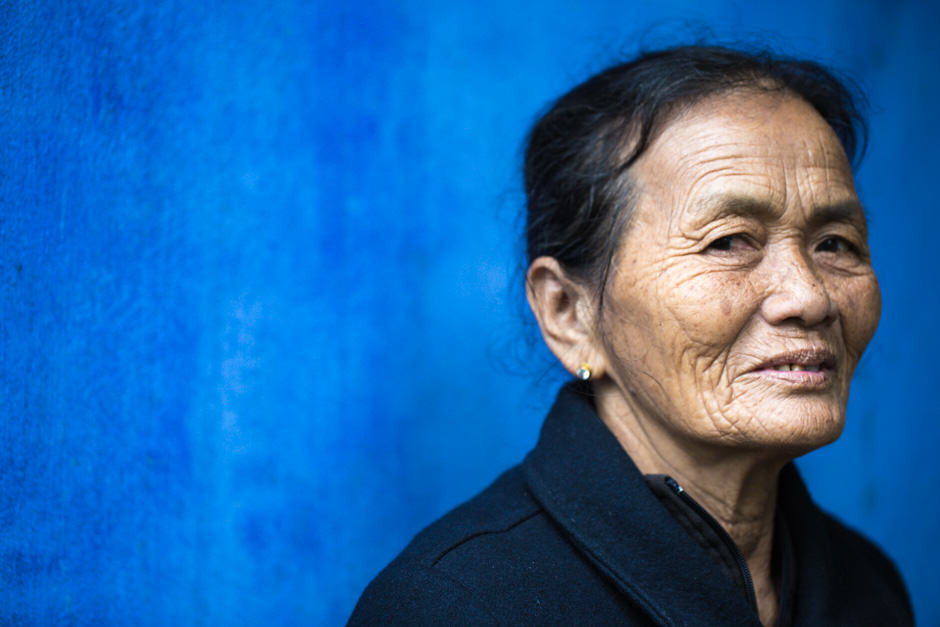
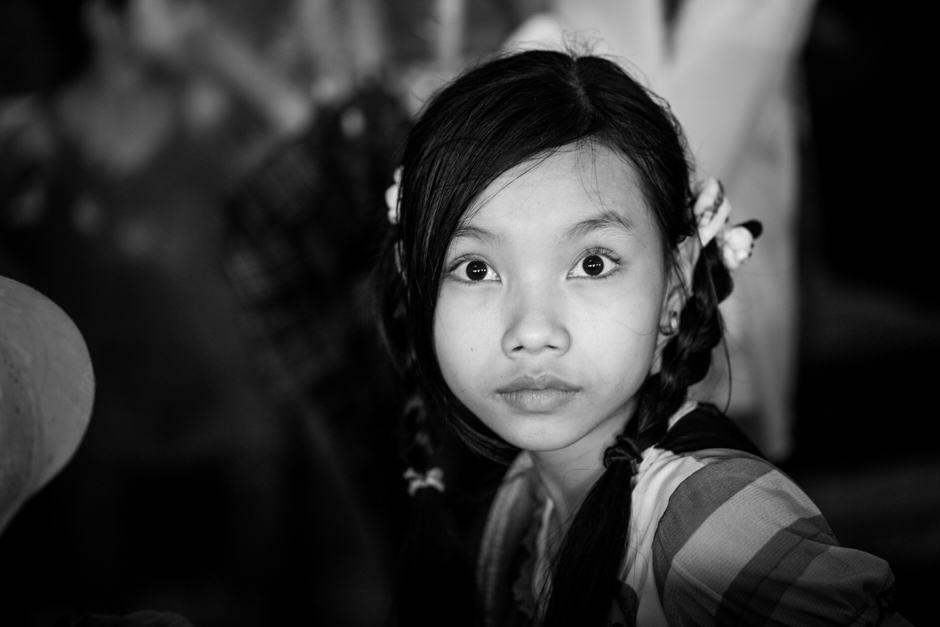
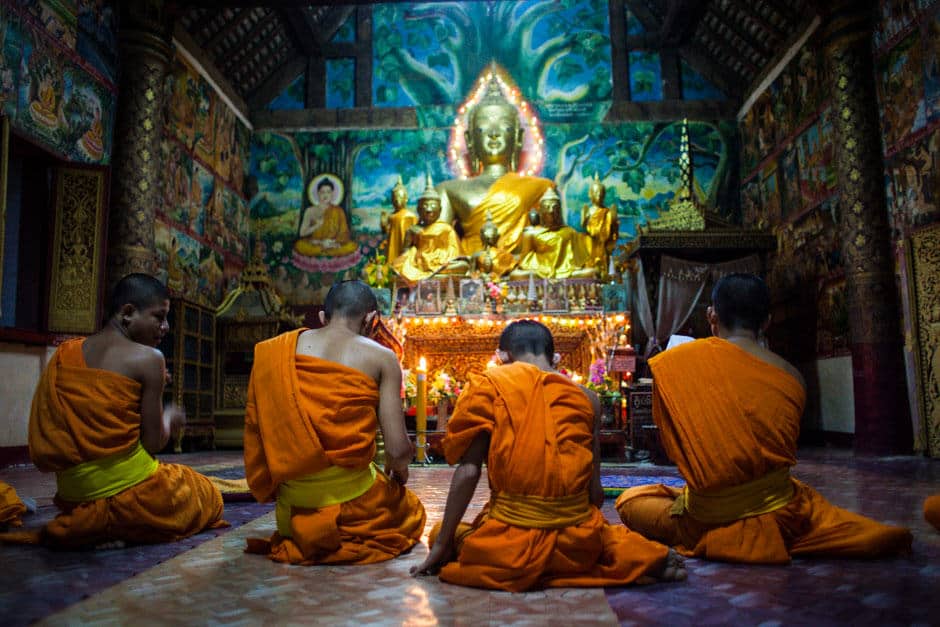
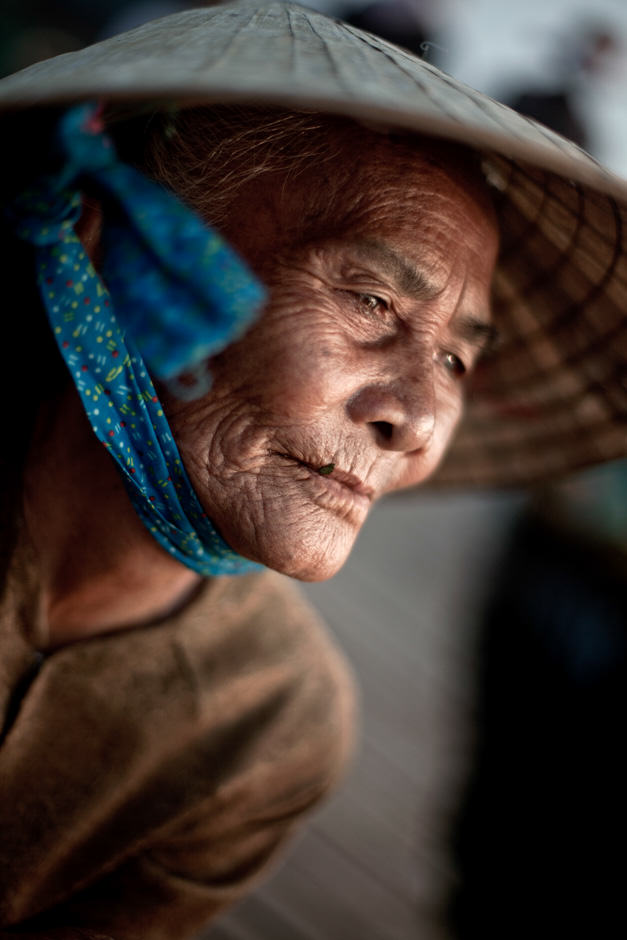
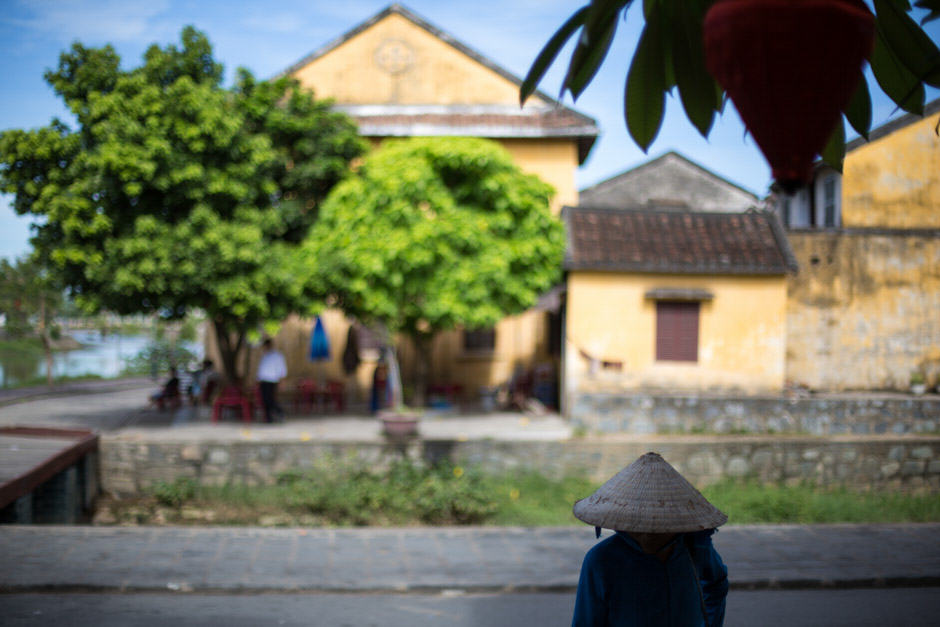

I always enjoy reading your posts… They are very informative. You have great example photos to compliment your ideas and it is easy to understand. Thanks.
[…] Being aware of their surroundings, the photographer will use a shorter time to make important decisions, such as how to use the natural light, or which foreground / background to use. This is necessary, mostly when composing an image involves the subject itself at the very end. (see here). […]
[…] run to put him in the right spot, using this lush green as a background. Why did I do that? Because how I explain composition for travel photography, the subject does not matter. If one finds a great light on a great […]
Good stuff to think about. My only problem is that when I travel
I’m out for the entire day. Soninhave to take shots where the sun is above and the light is lousy
Sure thing, the sun in South East Asia can be very strong during the day. I usually try to avoid shooting after 10 am and before 3pm, as this makes everything more difficult. But when you are out somewhere in a remote area you have no choice. When it is the case I try to find houses and villages, where light will be diffused through trees or bouncing on the floor to enter people’s homes.
[…] Of course I do not pretend to say that it is the same with travel photography. What I do as a travel photography working in developing countries is much easier, in my opinion, that the pure street photography. People are easier to approach and usually very friendly. A lot of exotic things, colors, help creating an interesting composition. […]
[…] most basic composition lessons clearly state that whenever possible, you should try to keep the light behind you when taking a […]
[…] like something you have heard before. Yes, photography is all about light (see my article about composition), and if there is a good light then there is a good […]
[…] having different levels, we try to start from the basic camera settings and finish with the basics of composition. It is still very dark so difficult to practice. Let’s say this is the theoretical part of […]
[…] teaching photography to the students, and particularly composition, we strive to develop their creativity. Our goal is to encourage each student to start looking at […]
[…] teaching photography to the students, and particularly composition, we strive to develop their creativity. Our goal is to encourage each student to start looking at […]